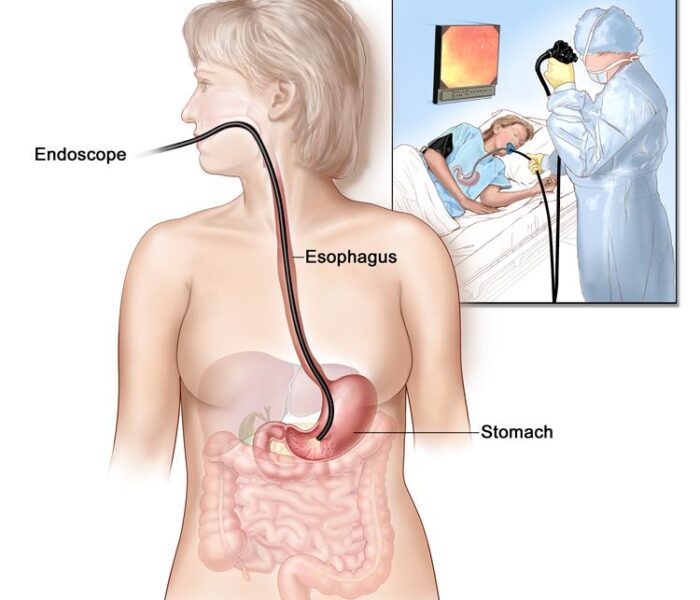
What Happens During an Upper Endoscopy?
Before your doctor performs an upper endoscopy, he or she will explain the procedure in detail, including possible complications and side effects. The doctor will also answer any questions you may have.

Before your doctor performs an upper endoscopy, he or she will explain the procedure in detail, including possible complications and side effects. The doctor will also answer any questions you may have.